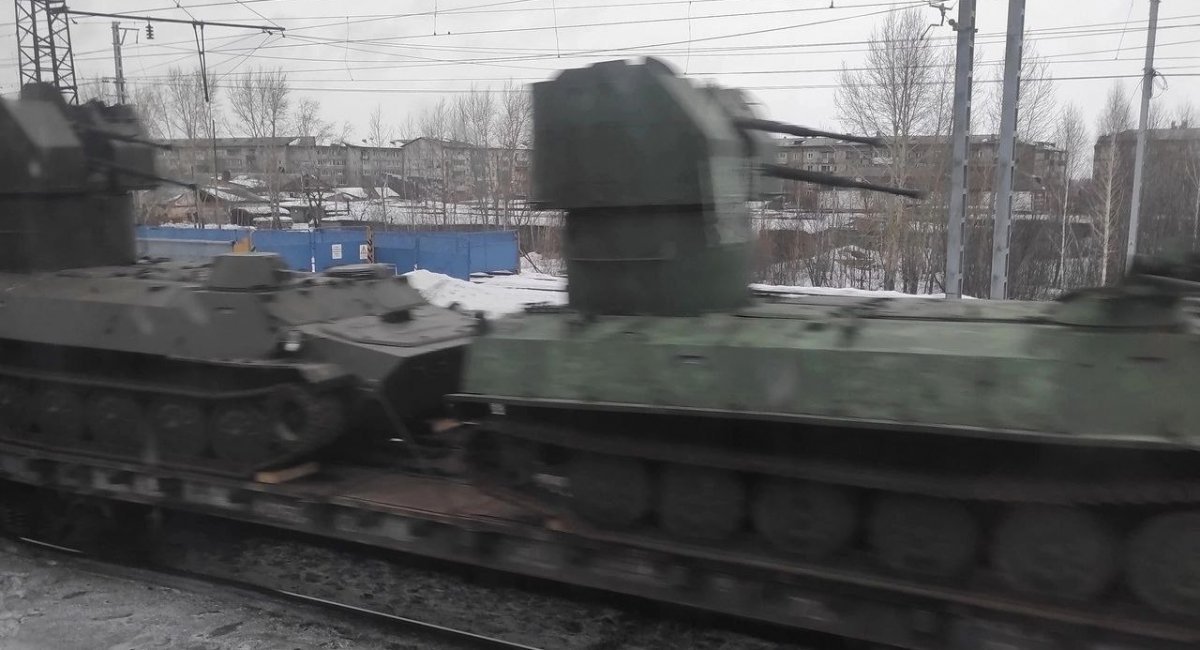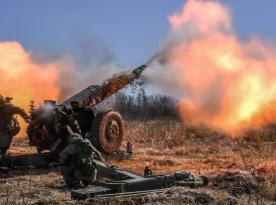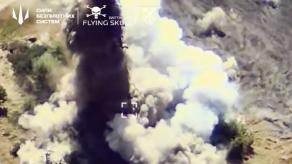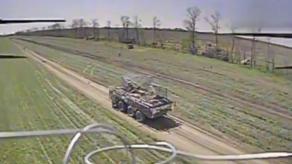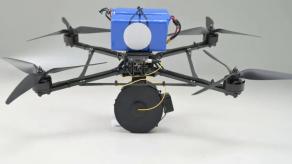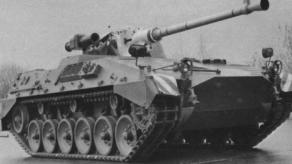Despite the russians already starting to manufacture the new hybrid of an MT-LB multipurpose armored vehicle and a 2M-3 naval AA gun, there are concerns over the viability of such a weapon even in russia itself.
One of the russian military websites has published a rather detailed description of all the problems and issues that the application of this combat vehicle will face in the future.
Read more: Russians Installed Ship's Anti-Aircraft Gun On the MT-LB Armored Vehicle
According to the article, the authors of this unique creation are several mechanics from Vladivostok, and the hybrid vehicles themselves were intended for the 155th Marine Brigade of the Pacific Fleet which suffered heavy losses during the russian offensive campaign near Vuhledar, Ukraine. The authors say that the appearance of such hybrids is based on real combat experience. However they missed a few notable aspects.
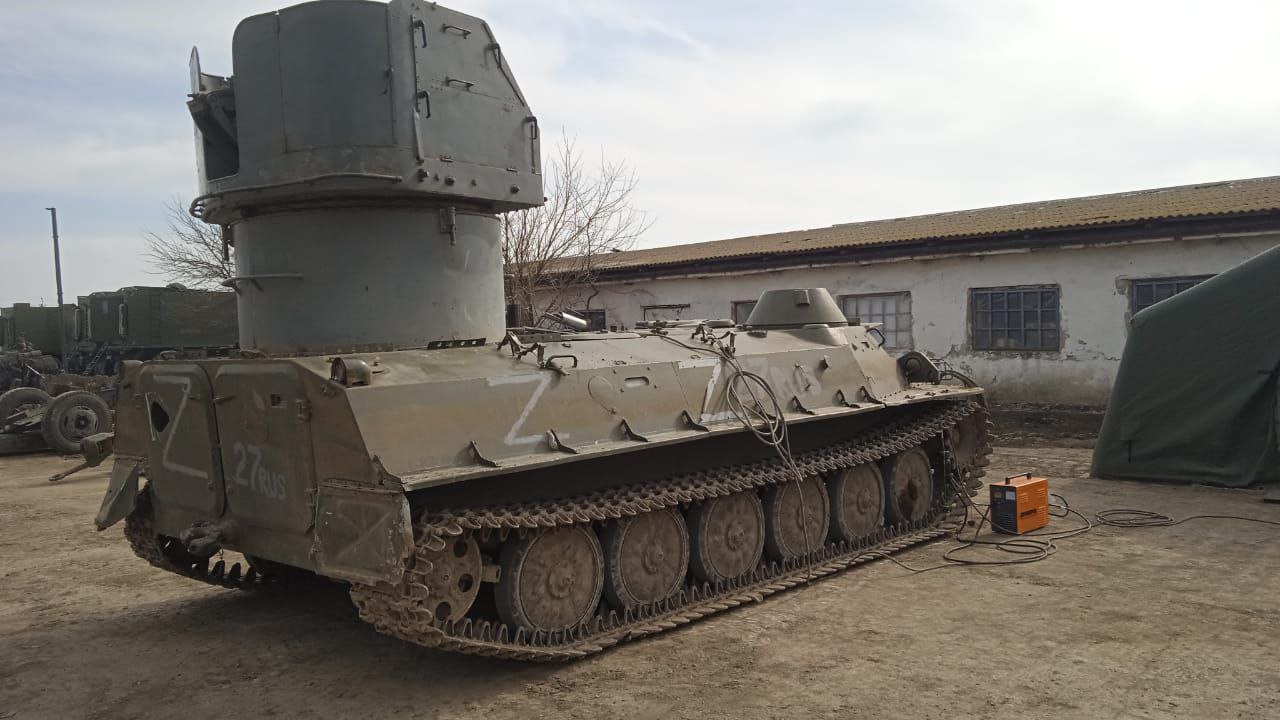
For starters, let's talk the fire control system. The original AA gun has a hydraulic system, it provides for a quick rotation of the turret and gun elevation. Precisely speaking, the turret rotates 40 degrees per second. This hydraulic system was designed to use a warship's power supply capacity, in particular, the boats that usually deploy 2M-3s provide 380 VAC, and the system itself needs about 1 kW. On the MT-LB, the R-290V generator produces only 28 V and about 4 kW of power.
Theoretically speaking, this problem could be solved with a transformer, though we cannot know for sure if one was applied in this case. If not, the only thing left is to point the gun manually which is much slower that way. And we should not forget about the cooling system for the guns that have a rate of fire of 300 rpm each. Originally, a warship can provide an additional water cooling system which is difficult to recreate in the conditions of land warfare.
The next issue is related to the 110-PM guns reloading system. Ammunition belts of 65 ammos are stored in boxes of 50 kg, so it takes quite a lot of effort to replace them already. And now, inside the MT-LB, it becomes an even tougher task, as the turret is welded as it is and not built into the hull.
Also, the decision to install the turret without any additional adjustments had an impact on another important parameter – the center of mass. The system's weight is about 1,500 kg so it puts a lot of pressure onto the MT-LB suspension. Furthermore the center of mass was also raised upward which will result in quite an interesting situation when an MT-LB with an 2M-3 on its tail tries to climb a hill.
Finally, there are such things as the use of selector sight, the system's blindness during nighttime, the turret's open top and light armor that can protect only from small arms.
Though there is another question without an answer yet. Why did the russians choose to mount the 2M-3 gun on top of the MT-LB while there is a more traditional option with the ZU-23-2? MT-LBs fitted with this gun are not something rare to see and are operated by many countries, including russia.
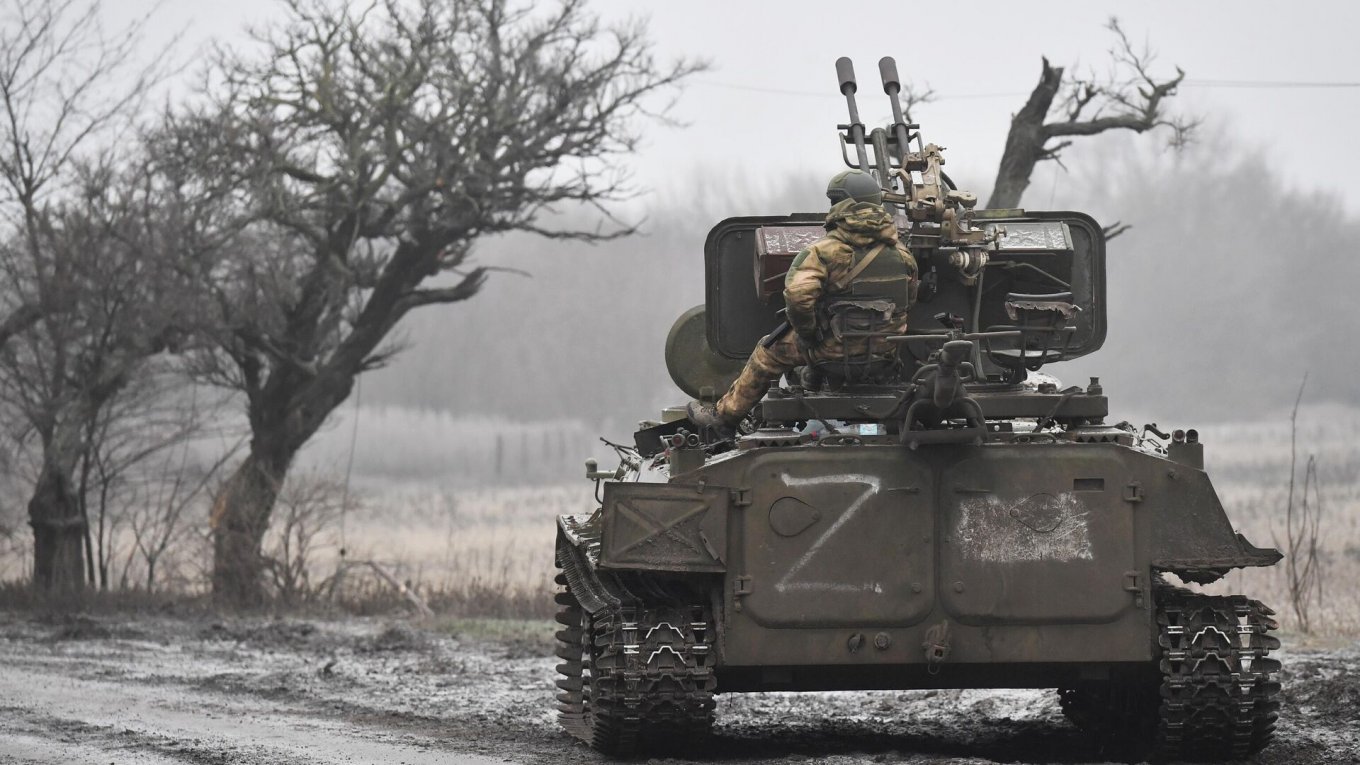
Read more: How Ukraine’s Troops Defeated russians Near Vuhledar Despite the Enemy Has Tank Trawls, TOS-1 MLRS and Modern Attack Helicopters




